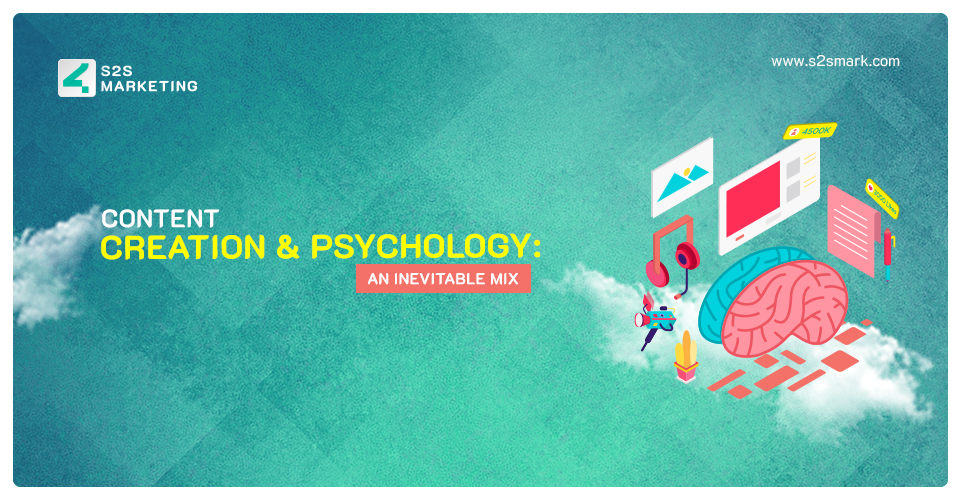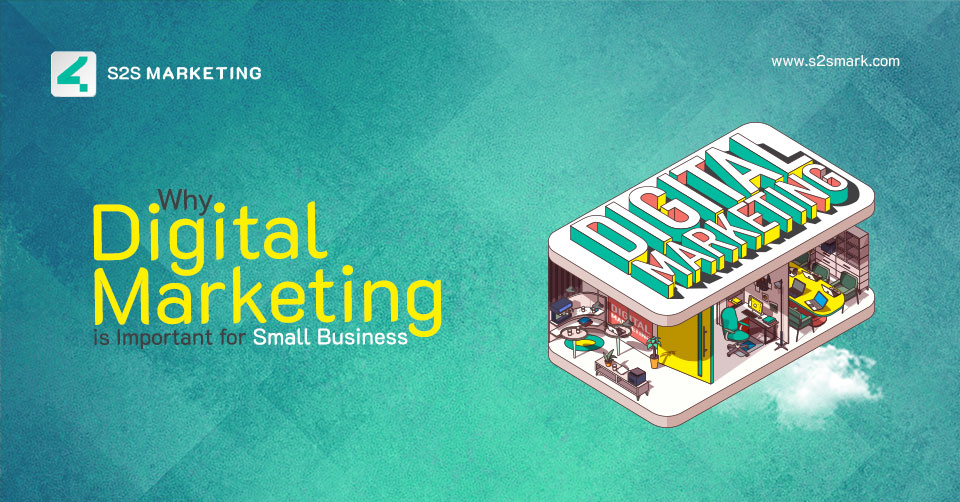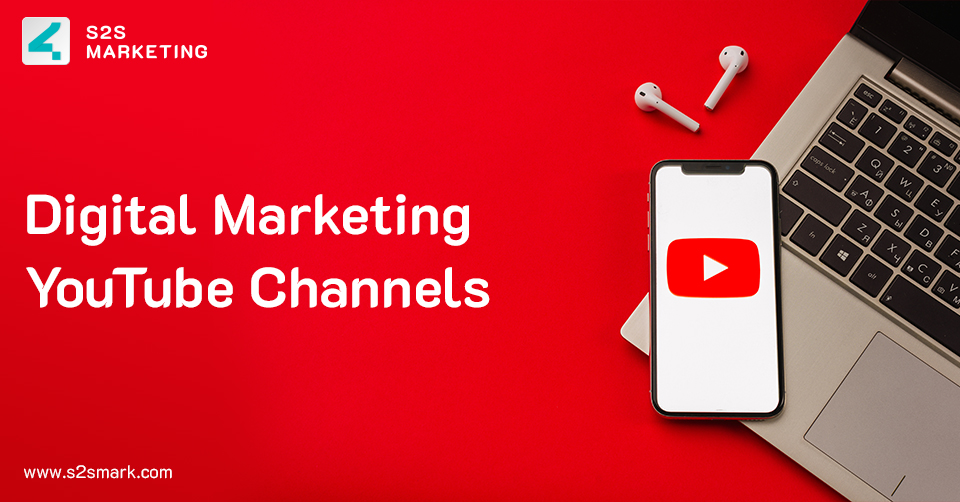In today’s world, content creation has become an essential part of marketing and advertising. With the rise of social media, blogs, and other online platforms, it has become more important than ever to create content that stands out and captures the attention of the audience. However, what many people fail to realize is that content creation is not just about writing a few words or taking a few pictures. It is a psychological process that requires an understanding of the human mind and how it processes information. In this blog, we will explore how content creation can be psychological and how understanding this can help you create content that is more effective.
What Is Psychology?
To begin with, let us first understand what psychology is. Psychology is the study of the human mind and behavior. It encompasses various fields such as cognitive, behavioral, and social psychology, among others. When it comes to content creation, psychology plays a vital role as it helps us understand how people think, feel, and behave when they interact with content.
The 3 Factors Of Psychology & Content Creation:
Attention:
One of the key principles of psychology that applies to content creation is the concept of attention. Attention is the process by which the brain selects and focuses on specific stimuli while ignoring others. In the context of content creation, attention is crucial as it determines whether or not the audience will engage with the content. To capture the audience’s attention, the content needs to be visually appealing, emotionally engaging, and intellectually stimulating.
Visual elements such as images, videos, and infographics can help capture the audience’s attention. These elements are processed faster by the brain and are more likely to be remembered than text alone. Emotionally engaging content such as stories, humor, and inspiring messages can also capture the audience’s attention and create a connection with them. Intellectual stimulation, such as providing new information or challenging assumptions, can also capture the audience’s attention and keep them engaged.
Motivation:
Another psychological principle that applies to content creation is the concept of motivation. Motivation is the driving force behind human behavior. It is what determines whether or not people will take action, such as sharing or commenting on content. To motivate the audience, the content needs to be relevant, valuable, and actionable.
Relevant content is content that is tailored to the audience’s interests and needs. It is content that speaks directly to the audience and provides them with the information they are looking for. Valuable content is content that provides the audience with something of value, such as insights, tips, or advice. It is content that helps the audience solve a problem or achieve a goal. Actionable content is content that provides the audience with clear and specific instructions on what to do next. It is content that encourages the audience to take action, such as signing up for a newsletter or purchasing a product.
Social Influence:
Another psychological principle that applies to content creation is the concept of social influence. Social influence is the process by which individuals are influenced by the people around them. In the context of content creation, social influence can be used to create social proof and build trust with the audience.
Social proof is the concept that people are more likely to take action if they see others doing it. For example, if a blog post has a lot of comments or shares, it is more likely to be read and shared by others. Building trust with the audience is also crucial as it makes the audience more likely to engage with the content and take action. Trust can be built by providing high-quality content, being transparent, and engaging with the audience.
Conclusion
In conclusion, content creation is a psychological process that requires an understanding of the human mind and behavior. By understanding principles such as attention, motivation, and social influence, you can create content that is more effective and engaging. Visual elements, emotionally engaging content, valuable content, and actionable content can help capture the audience’s attention and motivate them to take action.





